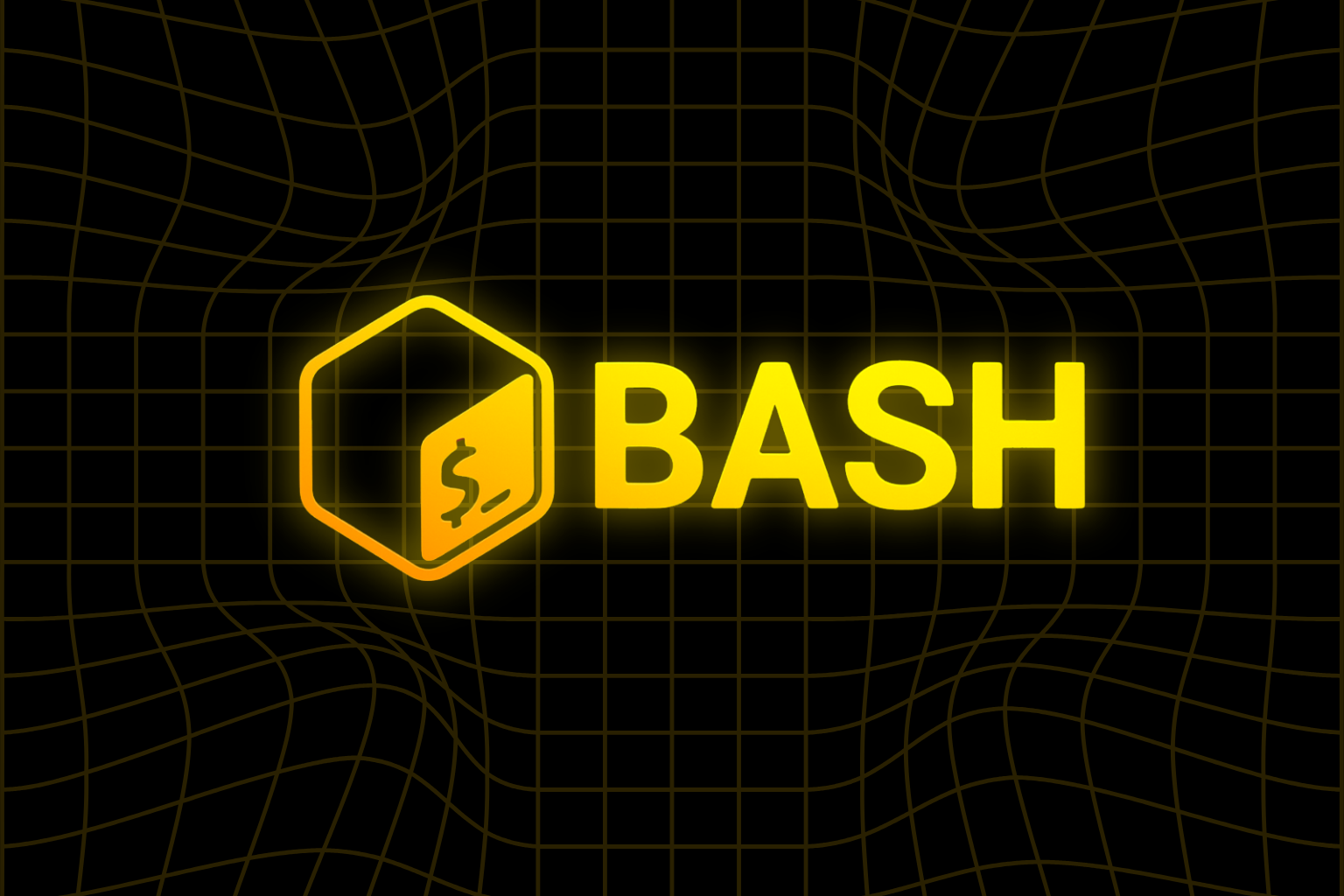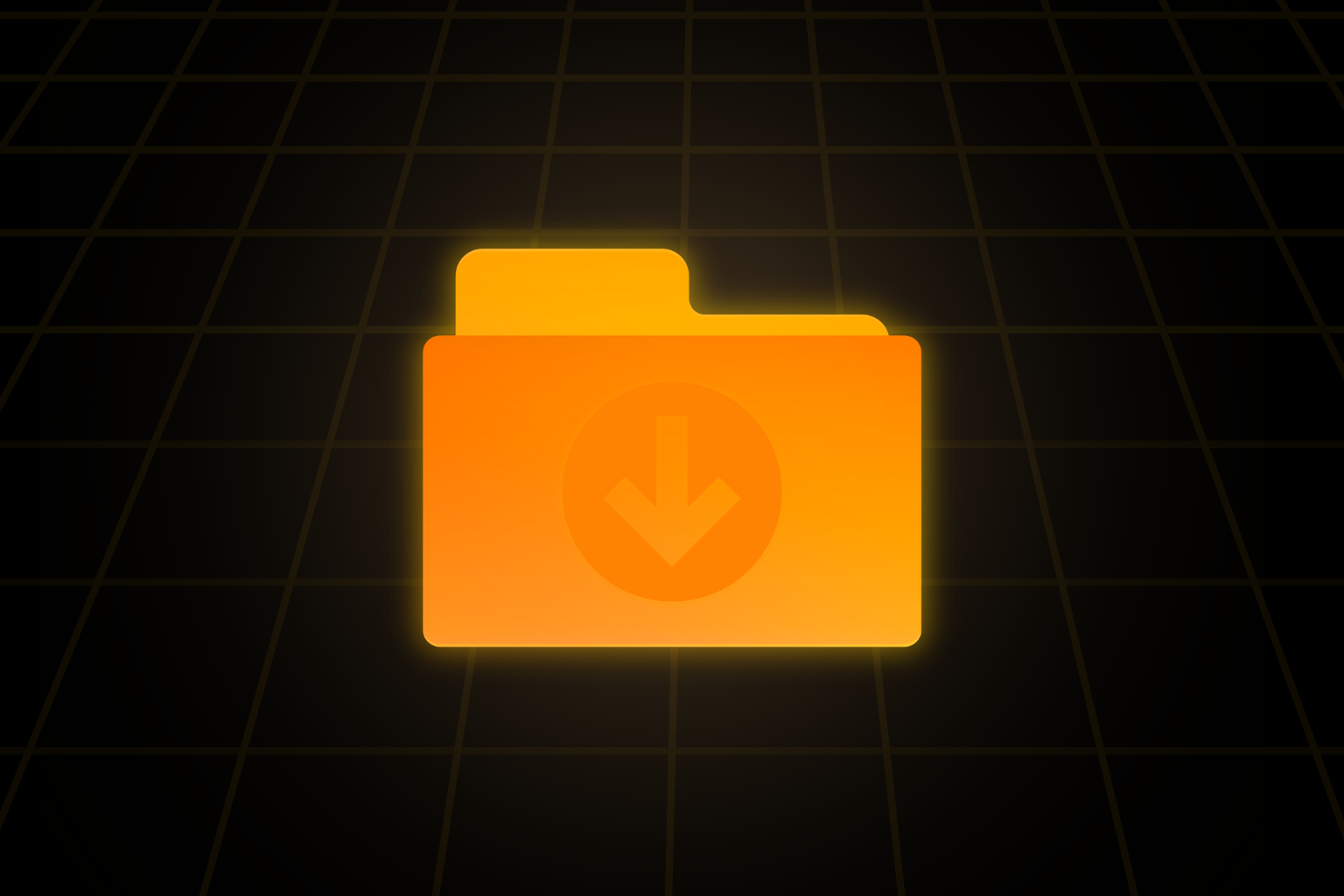Table of Contents
If you work with Linux, Bash (Bourne Again Shell) is one of the most powerful tools at your disposal.
Whether you’re managing servers, automating tasks, or just trying to get comfortable with the terminal — Bash is essential.
🧭 What is Bash?
Bash is a command-line interpreter that allows you to communicate directly with your operating system.
It’s the default shell in most Linux distributions and is also available on macOS and Windows (via WSL or Git Bash).
You can use Bash to:
- Navigate files and directories
- Execute commands and scripts
- Automate repetitive tasks
- Chain commands together for powerful workflows
⚙️ Basic Command Structure
Every Bash command follows this basic syntax:
command [options] [arguments]
For example:
ls -lah /home
ls→ lists files-lah→ combines options: long format (-l), show hidden (-a), human-readable sizes (-h)/home→ the target directory
🗂️ Navigating the Filesystem
Here are some must-know commands for moving around:
pwd # Print working directory
ls -la # List all files, including hidden ones
cd /path # Change directory
cd ~ # Go to home directory
cd - # Go back to the previous directory
You can chain commands using &&:
cd /var && ls
✍️ Creating and Editing Files
touch file.txt # Create an empty file
mkdir new_folder # Create a directory
cp file.txt backup.txt # Copy files
mv file.txt /tmp # Move or rename files
rm file.txt # Remove a file
Be careful with rm -rf, as it deletes everything recursively without confirmation!
⚡ Useful Shortcuts
| Shortcut | Description |
|---|---|
Ctrl + C |
Stop a running command |
Ctrl + L |
Clear the screen |
Ctrl + R |
Search your command history |
↑ / ↓ |
Scroll through previous commands |
Tab |
Auto-complete file or command names |
🔄 Redirecting Input and Output
You can control where input and output go using redirection:
echo "Hello World" > hello.txt # Write to a file (overwrite)
echo "Another Line" >> hello.txt # Append to a file
cat < hello.txt # Read from a file
Or use pipes to connect commands:
ls -l | grep ".txt"
This will show only .txt files in the current directory.
🧠 Variables in Bash
Variables help you store and reuse data:
name="Nurudin"
echo "Welcome, $name"
You can also use environment variables:
echo $HOME
echo $PATH
🧰 Writing Simple Scripts
You can write reusable scripts to automate tasks.
Create a file called hello.sh:
#!/bin/bash
# A simple Bash script
name="Platformstack"
echo "Hello from $name!"
Make it executable and run it:
chmod +x hello.sh
./hello.sh
Output:
Hello from Platformstack
🧩 Conditional Logic
Bash supports if statements and loops, allowing more complex logic.
#!/bin/bash
if [ -f "/etc/passwd" ]; then
echo "The passwd file exists."
else
echo "File not found."
fi
🔁 Loops Example
#!/bin/bash
for user in admin devops sysadmin
do
echo "Creating home directory for $user"
done
🧠 Pro Tip: Make Your Shell Smarter
You can customize Bash using .bashrc or .bash_profile.
Add handy aliases:
alias ll='ls -lah'
alias gs='git status'
alias cls='clear'
Apply the changes with:
source ~/.bashrc
🚀 Conclusion
Bash is far more than a simple shell — it’s your gateway to mastering Linux.
Once you get comfortable with the basics, try building automation scripts or combining Bash with tools like awk, sed, and grep.
“The shell is not just a tool; it’s a language for thought.” — Platformstack.io








Start the conversation